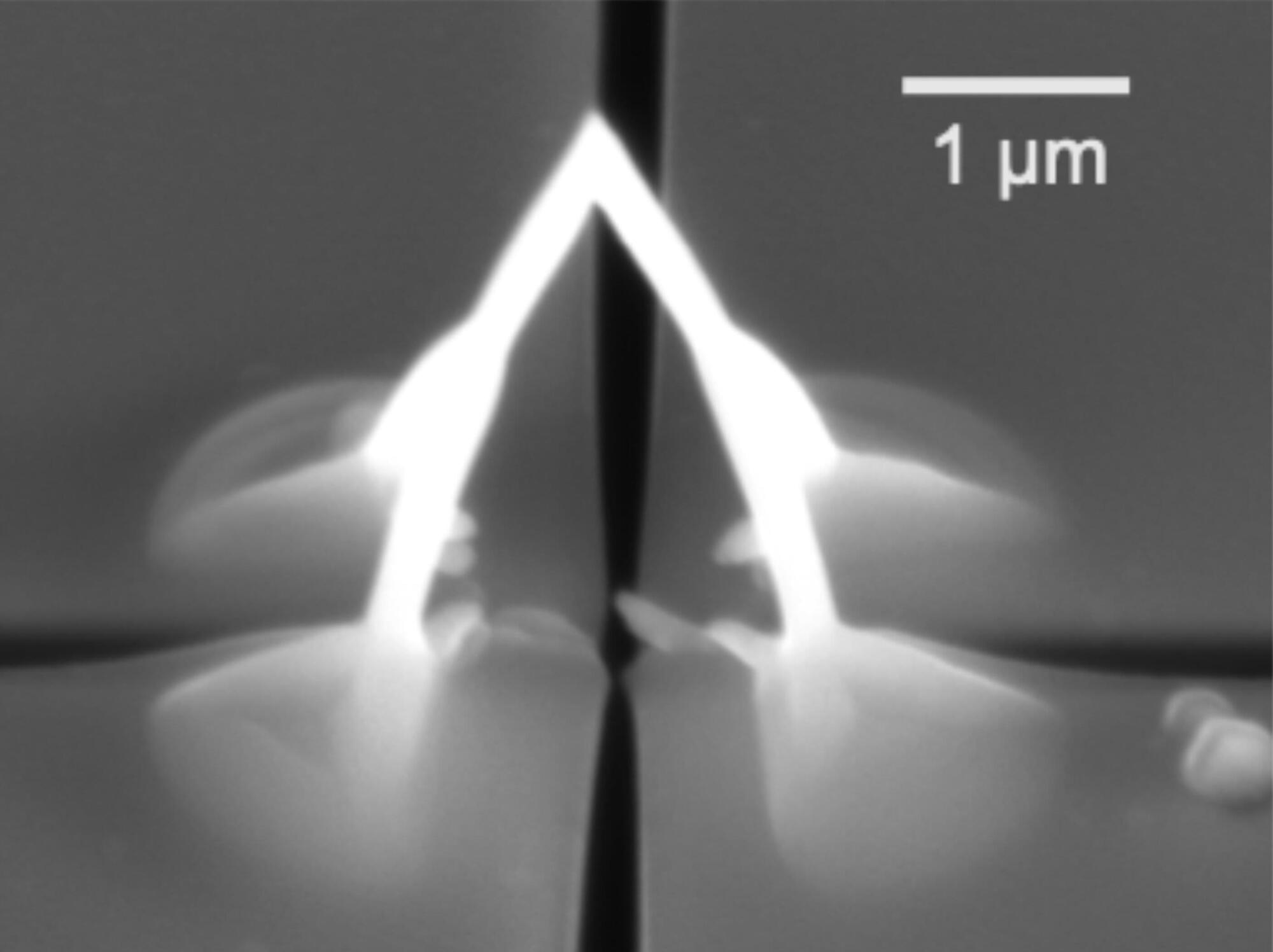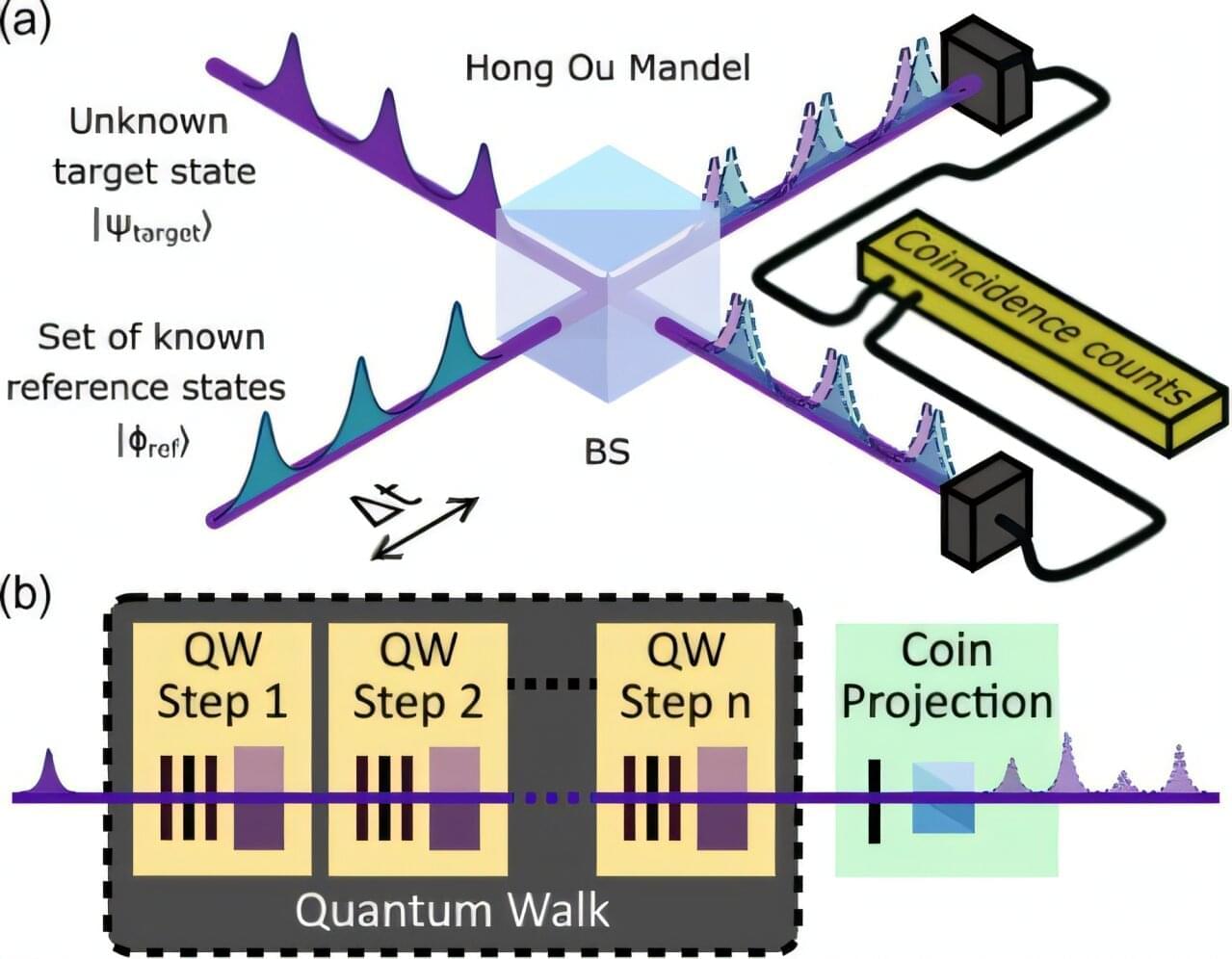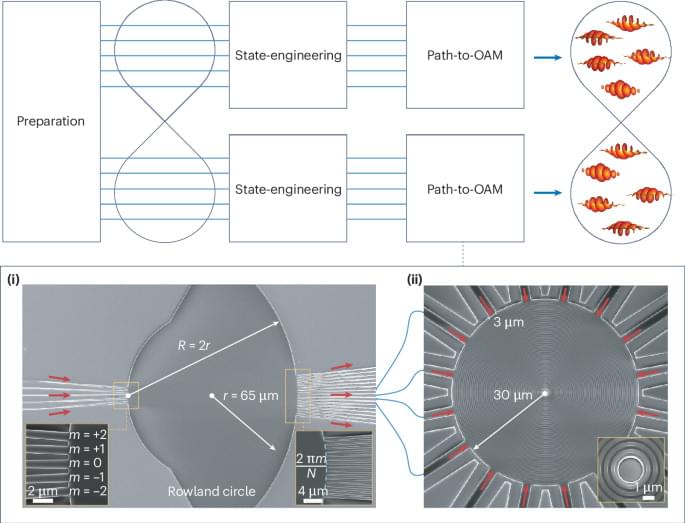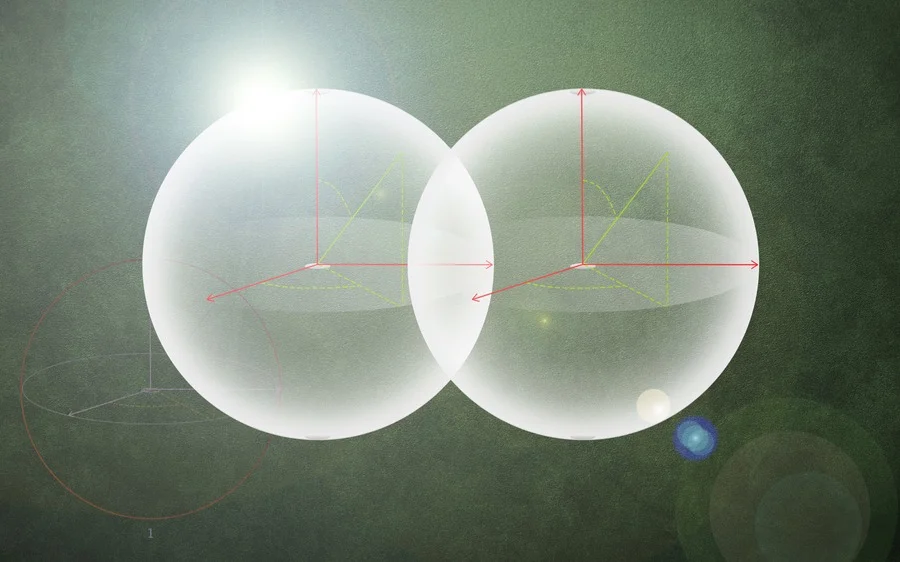In this profound and thought-provoking clip from the Quantum Convergence documentary, tech pioneer and physicist Federico Faggin delves into his transformative experience of consciousness — the moment he felt himself as the universe observing itself. Faggin, best known for his work in developing the first microprocessor, explores the fundamental nature of consciousness, its relationship with matter, and the deeper purpose of the universe.
🌐 About Quantum Convergence:
Quantum Convergence is a groundbreaking documentary that explores the intersection of science, technology, and consciousness. Featuring leading thinkers and visionaries, the film examines how our understanding of reality is evolving in the age of AI and quantum physics.
🔔 Subscribe for more transformative content:
📍 Stay updated with more clips and insights from Quantum Convergence by hitting the notification bell.
👍 Like, share, and comment if you believe in the power of consciousness.
#QuantumConvergence #Consciousness #FedericoFaggin #AI #Philosophy #Science #QuantumPhysics.
Learn more — https://www.infinitepotential.com/






